Litter training is an essential part of cat care, and luckily, most cats instinctively understand how to use a litter box. However, some cats may need guidance, especially kittens or newly adopted cats.
In this guide, we’ll cover how to introduce the litter box, choosing the right litter, troubleshooting common problems, and tips to keep the litter box clean and odor-free.
1. Why Do Cats Use Litter Boxes?
Cats have a natural instinct to bury their waste to hide their scent from predators. This is why most kittens and adult cats easily adapt to using a litter box. However, if your cat is struggling with litter training, it could be due to stress, health issues, or environmental factors.
2. Choosing the Right Litter Box
The right litter box plays a crucial role in successful training. Cats can be picky, so selecting the right type is essential.
Types of Litter Boxes
✔ Open Litter Box – Provides easy access and ventilation, preferred by most cats.
✔ Covered Litter Box – Helps with odor control but may trap smells, making some cats avoid it.
✔ Self-Cleaning Litter Box – Convenient, but some cats are scared of the noise.
✔ High-Sided Litter Box – Great for cats who kick litter everywhere.
✔ Disposable Litter Box – Useful for travel or temporary use.
How to Pick the Right One?
- A low-sided box is best for kittens or senior cats.
- A larger box is better for bigger cats or multi-cat households.
- If your cat refuses a covered box, try an open one.
3. Choosing the Best Cat Litter
There are many types of cat litter available, but not all are suitable for every cat.
Common Types of Cat Litter:
✔ Clumping Litter – Forms solid clumps, making scooping easier.
✔ Non-Clumping Litter – Absorbs moisture but needs frequent changes.
✔ Silica Gel Litter – Controls odor well and absorbs moisture.
✔ Natural/Biodegradable Litter – Made from corn, wood, or paper; eco-friendly.
What’s the best choice?
Most cats prefer unscented, fine-grained clumping litter because it feels natural to dig in. Avoid strongly scented litter, as it may deter your cat from using the box.
4. How to Litter Train a Kitten or Cat
Step 1: Choose the Right Location
📍 Place the litter box in a quiet, low-traffic area.
📍 Avoid placing it near food and water bowls.
📍 If you have multiple cats, provide one box per cat plus an extra (e.g., 2 cats = 3 boxes).
Step 2: Introduce Your Cat to the Litter Box
🐾 Place your kitten or new cat in the litter box after meals or naps.
🐾 Gently scratch the litter with their paw to show them what to do.
🐾 If they use it, praise them or give a small treat.
Step 3: Keep the Litter Box Clean
🧹 Scoop waste at least once a day.
🧼 Wash the litter box weekly with mild soap (avoid strong chemicals).
♻ Replace the litter regularly to keep it fresh.
5. Common Litter Box Problems & How to Fix Them
🚫 Problem: My Cat Won’t Use the Litter Box
✅ Solution:
- Make sure the box is clean and in a quiet location.
- Try a different type of litter (some cats are picky).
- If your cat is avoiding a covered box, switch to an open one.
- Make sure there are enough litter boxes (especially in multi-cat homes).
🚫 Problem: My Cat Pees or Poops Outside the Litter Box
✅ Solution:
- Stress or changes in routine can cause accidents—keep their environment stable.
- Check for territorial marking (especially in unneutered males).
- Rule out medical issues (UTIs or digestive problems).
🚫 Problem: My Cat Kicks Litter Everywhere
✅ Solution:
- Use a high-sided box to prevent spills.
- Try a litter mat outside the box to catch excess litter.
- Use larger-grain litter that’s harder to kick out.
🚫 Problem: The Litter Box Smells Bad
✅ Solution:
- Scoop daily and replace litter weekly.
- Use odor-absorbing litter (avoid strong perfumes).
- Clean the box with baking soda and mild soap.
6. How Many Litter Boxes Do You Need?
For multi-cat households, the golden rule is:
🐱 One litter box per cat + one extra
Example: If you have 3 cats, you should have at least 4 litter boxes.
This prevents territorial disputes, accidents, and stress among cats.
7. Signs Your Cat May Have a Health Issue
If your cat suddenly stops using the litter box, it could indicate a medical problem. Look out for:
🚨 Straining or crying while urinating
🚨 Blood in the urine
🚨 Frequent urination in small amounts
🚨 Constipation or diarrhea
If you notice any of these symptoms, consult a vet immediately, as it could be a urinary tract infection, kidney disease, or digestive issue.
Final Thoughts
Litter training is usually an easy process, as cats have a natural instinct to bury their waste. By choosing the right litter box, keeping it clean, and addressing any issues promptly, you’ll ensure your cat has a comfortable and hygienic place to go.
If your cat stops using the litter box, don’t punish them—instead, identify the cause and make adjustments. With patience and proper care, your feline friend will develop good litter habits for life.

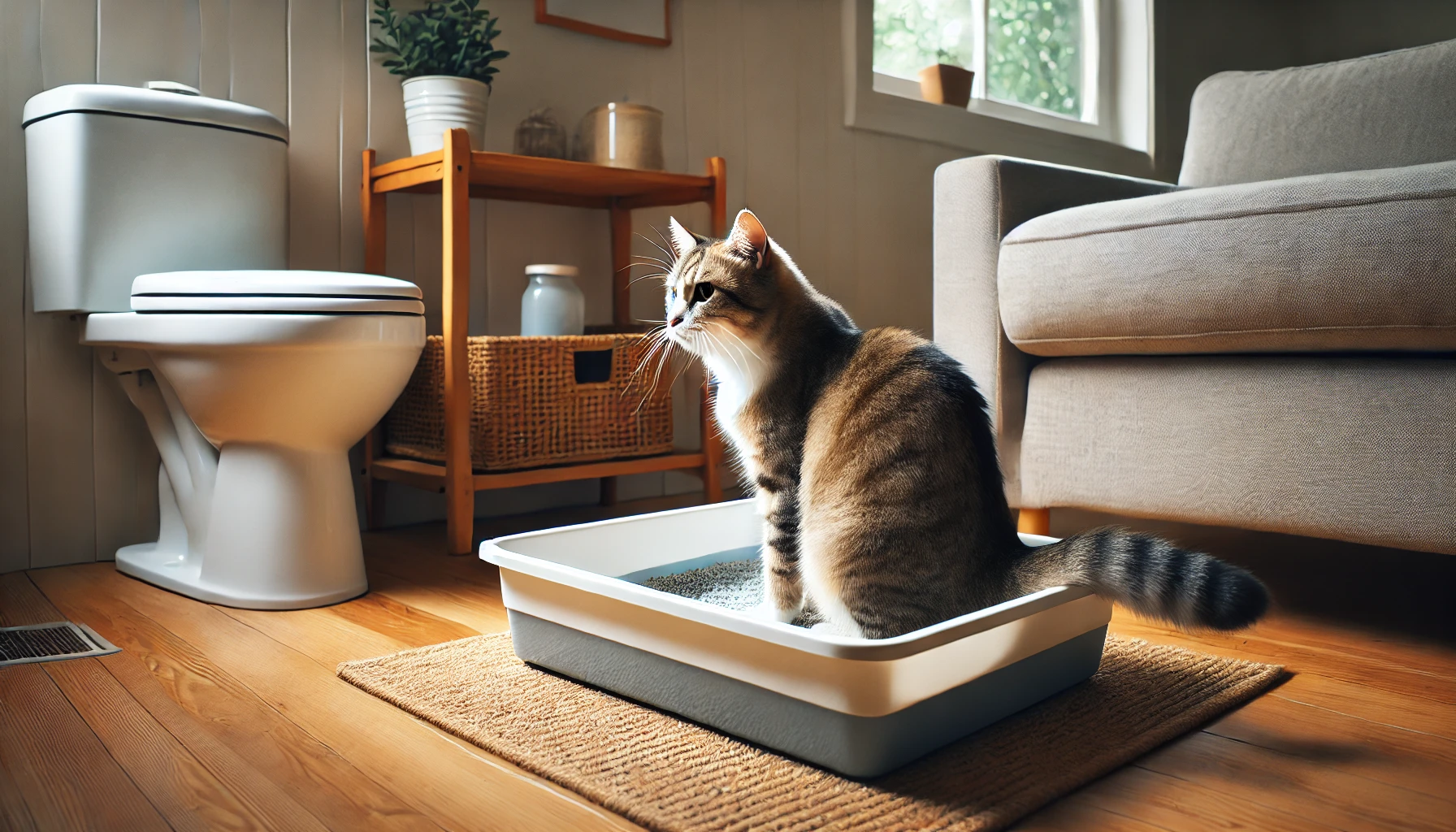
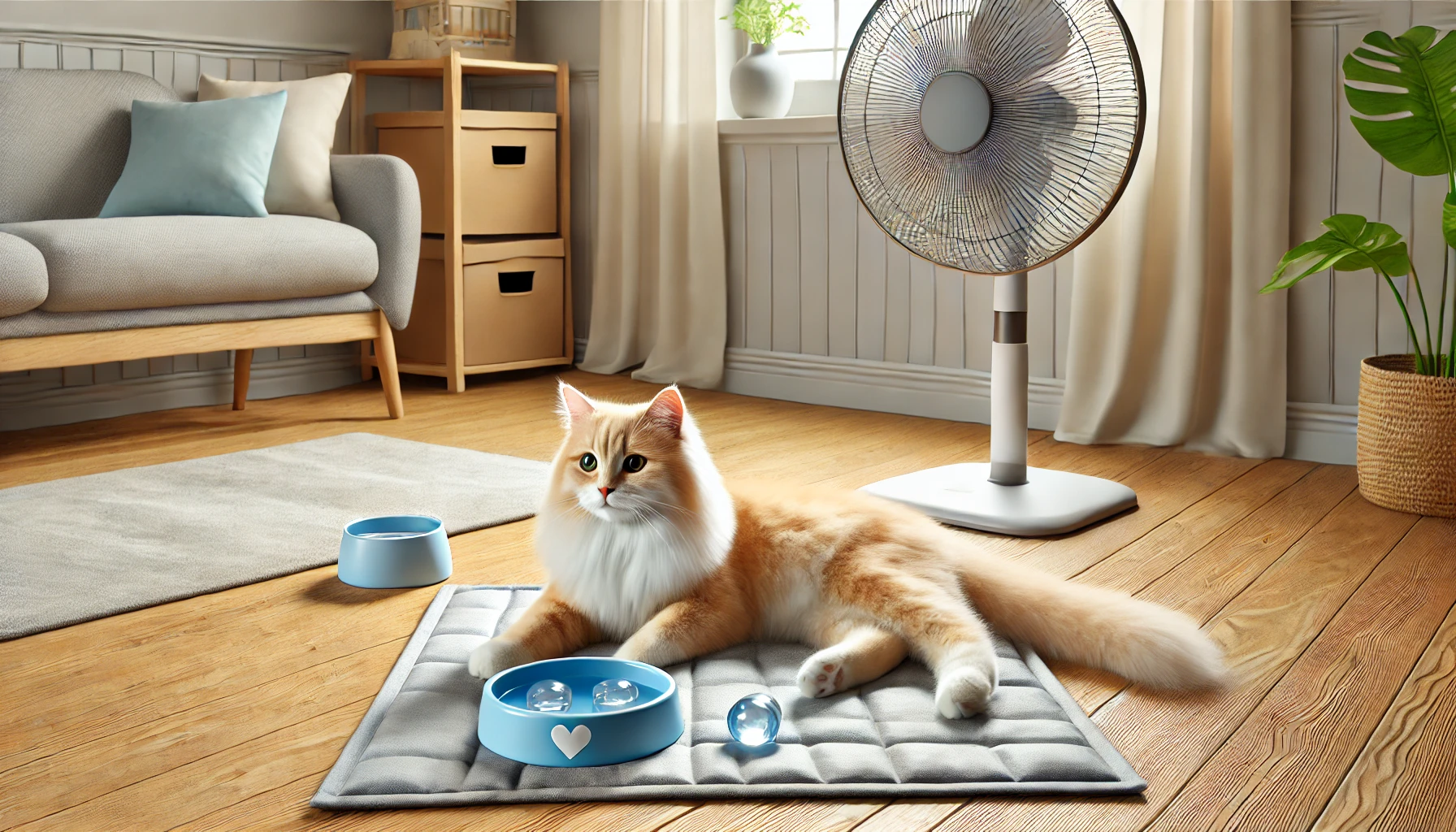
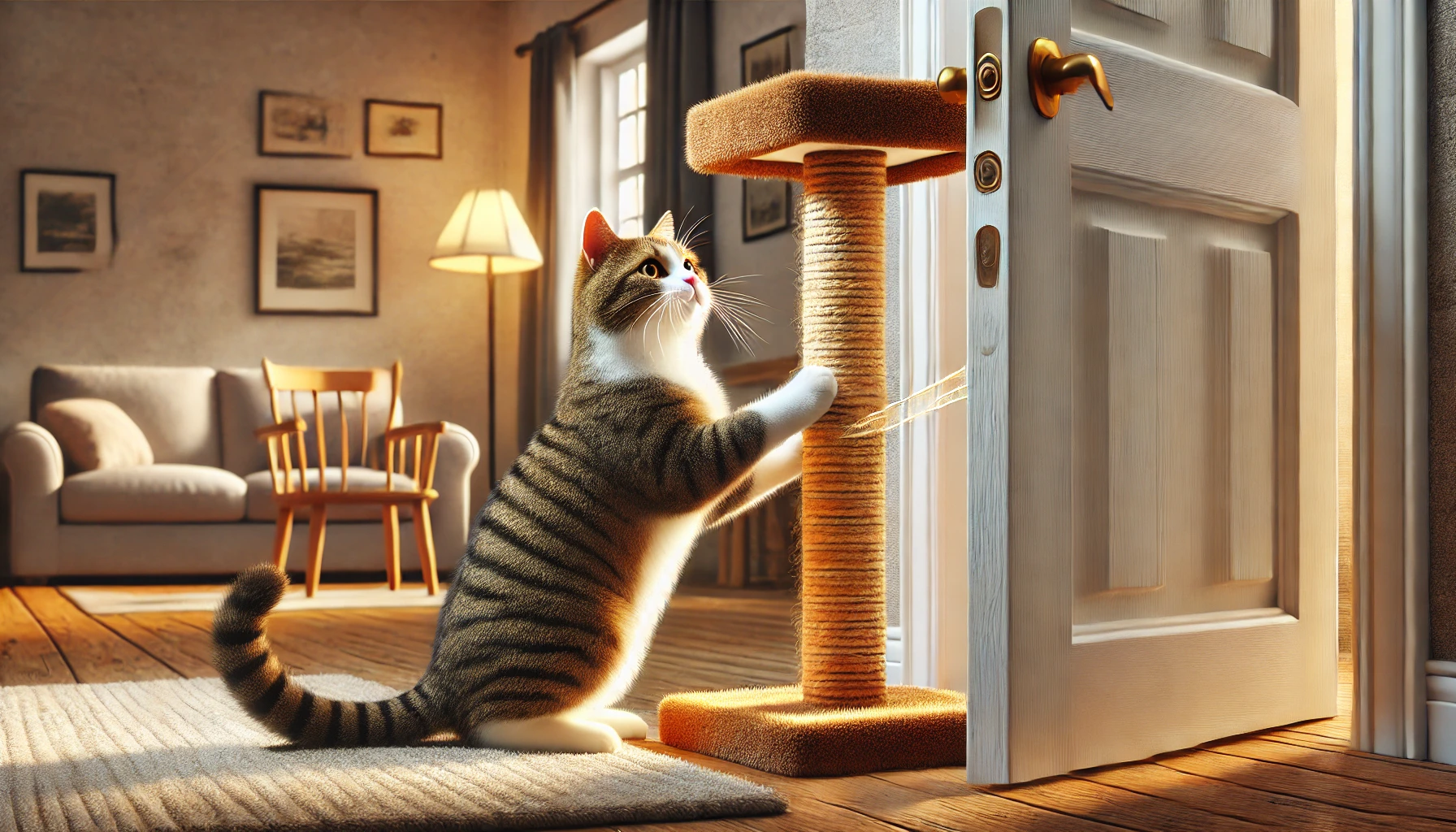
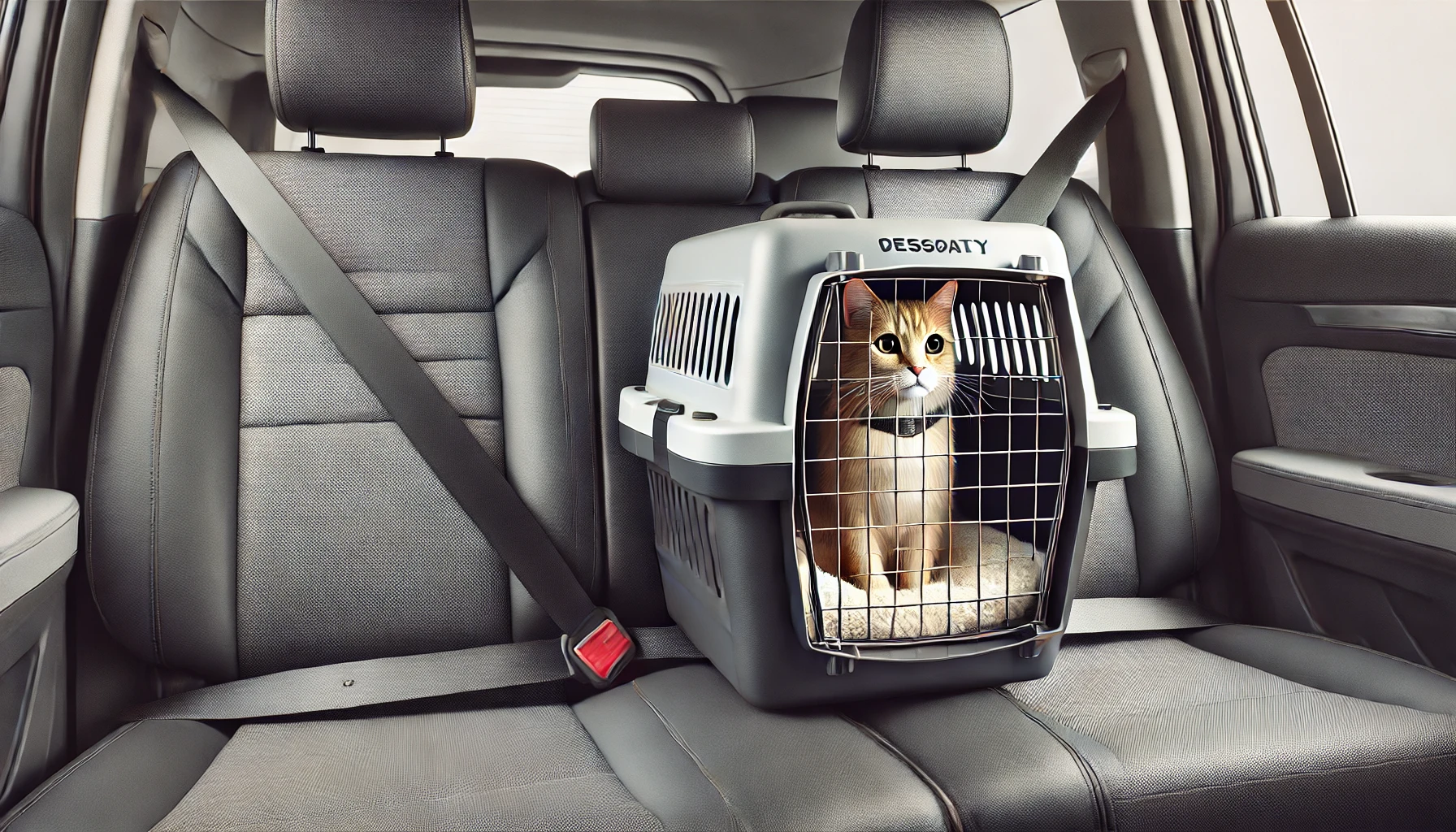
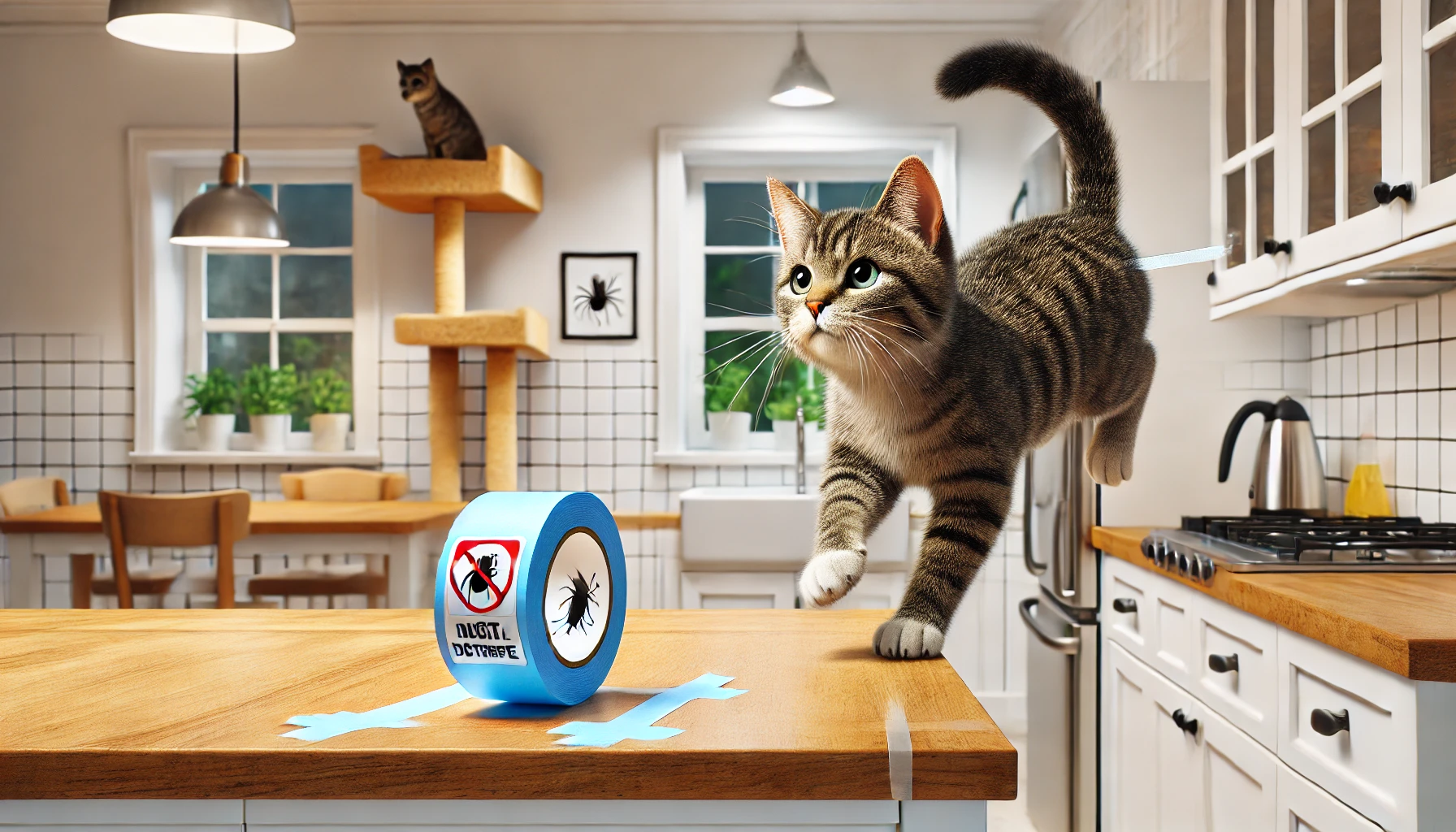
1 thought on “How to Train Your Cat to Use the Litter Box Properly”